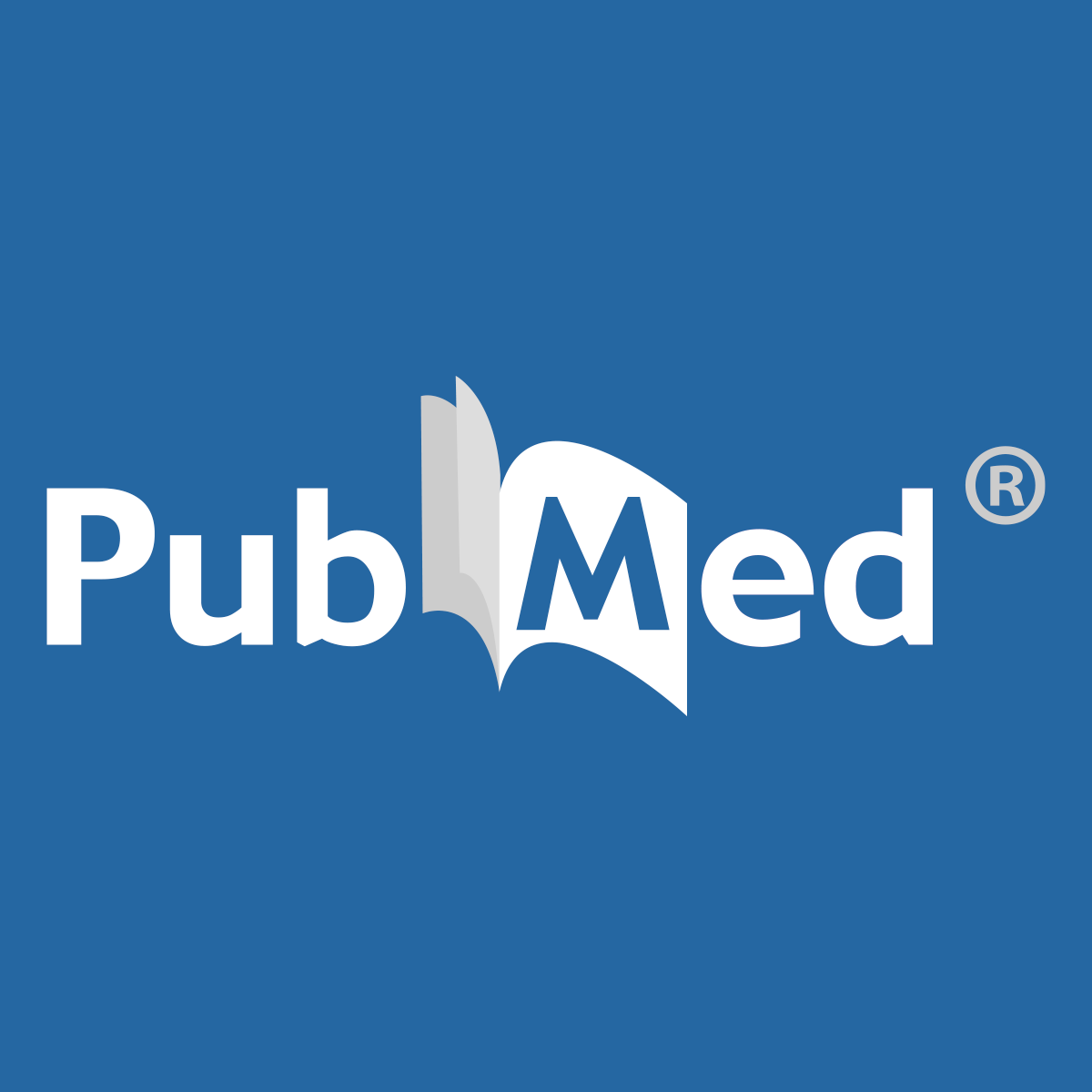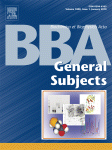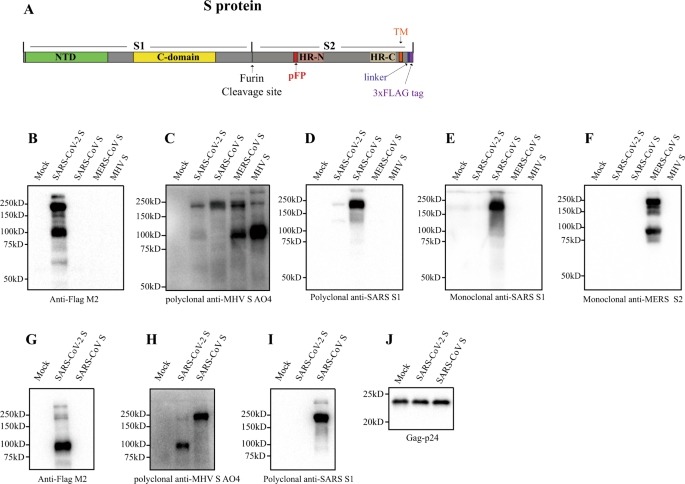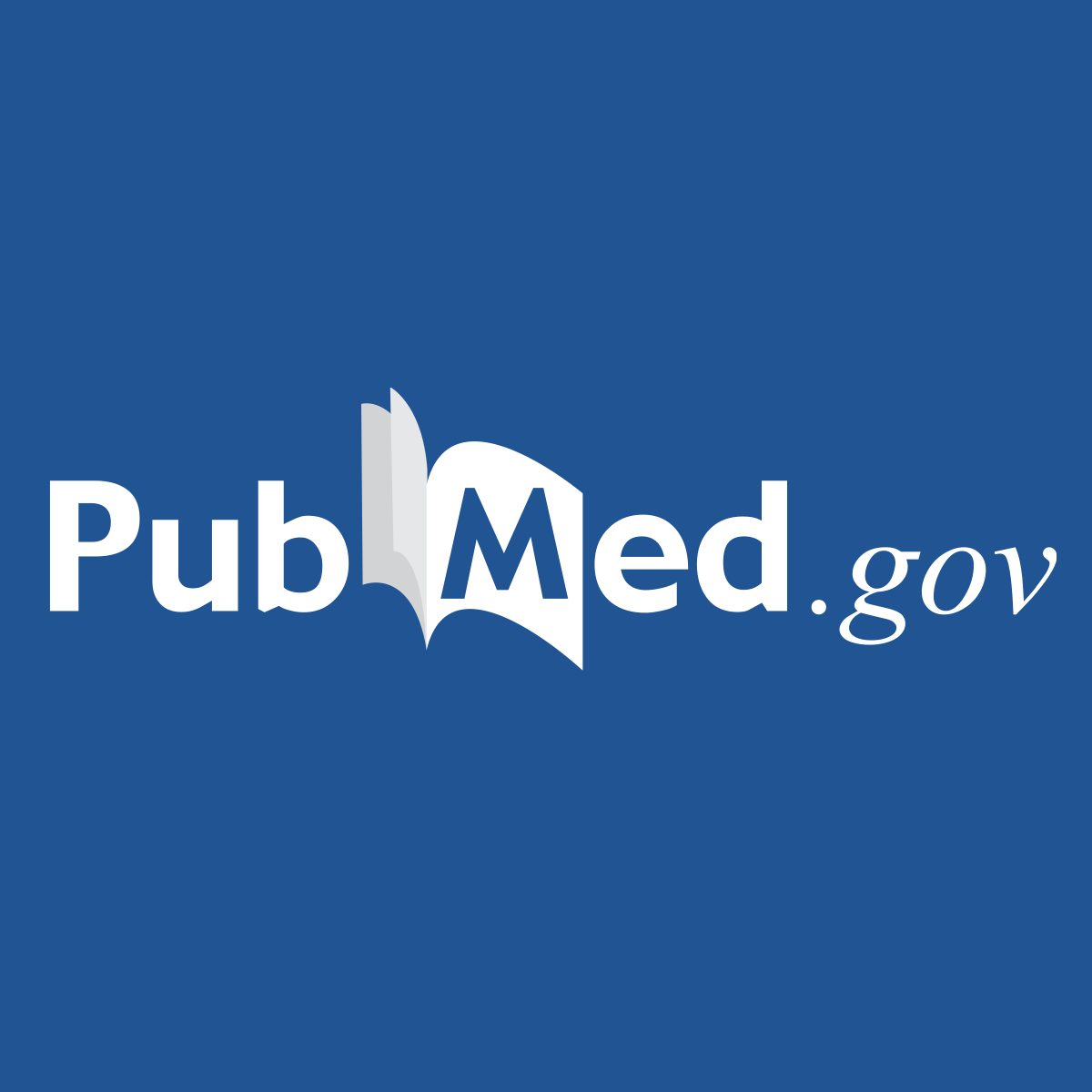|
Bu makalede niacinin(Vitamin B3 ve nicotinic acid de denir) covidi nasıl tedavi edebileceği ile ilgili 5 ayrı umut vadeden yol anlatacağım. Bu yollar ve kısa özetleri şöyle: TRPV1 Desensitization: TRPV1 aktivasyonu sonrası duyarsızlaştırılması covide karşı bir mücadele yolu olabilir. Niacin bunu yapıyor. TRPV4 Inhibition: TRPV4 kanalını kapatmak covidin ilerlemesini durdurabilir. Niacin bu kanalı kapatıyor. SR-B1 Regulation: Covid hücre içine girerken sr-b1 geçidin kullanıyor. Niacin bu geçidin sayısının artmasını önlüyor. TPC2 Inhibiton: TPC2 iyon kanalının kapanması covidin ilerlemesini durduruyor. Yüksek oranda NAADP bu kanalı kapatıyor. Niacin yüksek oranda NAADP sentezine yardımcı olur. Cytokine Storm Mitigation: Covidin ağır bir şekilde geçmesinin başlıca nedeni iltihap yapıcı sitokin salgısını arttırması. Niacin bu zararlı sitokinlerin salgılanmasını azaltıyor. TRPV1 Desensitization “In COVID-19, it is proposed that rapid desensitization of TRAP1/TRPV1 by some ingredients in foods could reduce symptom severity and provide new therapeutic strategies.” ” The activation of TRPA1/TRPV1 by exogenous agents can lead to a rapid dose-dependent desensitization that may be effective within minutes and for up to a few hours, suggesting a symptomatic improvement.” Kaynak: “Using exogenously expressed TRPV1, we confirmed that nicotinic acid at submillimolar to millimolar concentrations directly and potently activates TRPV1 from the intracellular side. Binding of nicotinic acid to TRPV1 lowers its activation threshold for heat, causing channel opening at physiological temperatures.” Kaynak: “A recent study showed that NA may cause flushing by lowering activation threshold temperature of the heat-sensitive capsaicin receptor TRPV1 ion channel, leading to its activation at body temperature.” Kaynak: TRPV4 Inhibition “Lethality of Covid-19 during the 2020 pandemic, currently in the exponentially-accelerating phase in most countries, is critically driven by disruption of the alveolo-capillary barrier of the lung, leading to lung edema as a direct consequence of SARS-CoV-2 infection. We argue for inhibition of the TRPV4 calcium-permeable ion channel as a strategy to address this issue, based on the rationale that TRPV4 inhibition is protective in various preclinical models of lung edema, and that TRPV4 hyperactivation potently damages the alveolo-capillary barrier, with lethal outcome. We believe that TRPV4 inhibition has a powerful prospect at protecting this vital barrier in Covid-19 patients, even to rescue a damaged barrier.” Kaynak: “We found that NA indeed potentiated TRPV3 while inhibited TRPV2 and TRPV4.” Kaynak: SR-B1 Regulation “Our findings reveal that SR-B1 acts as a host factor that promotes SARS-CoV-2 entry and may help explain viral tropism, identify a possible molecular connection between COVID-19 and lipoprotein metabolism, and highlight SR-B1 as a potential therapeutic target to interfere with SARS-CoV-2 infection.” Kaynak: “Niacin administration resulted in significant reductions of ABCA-1, ABCG-1, and SR-B1 abundance and LXR α/β activity toward values found in the control group.” Kaynak: Cytokine Storm Mitigation Niacin blocks mTOR, which is necessary for NF-kb, which is necessary for NLRP3 and HIF-1a expression, both of which contributes to proinflammatory cytokines corrolated with covid severity such as IL-6, IL-1B and TNF-a. “This pathology is characterized by intense, rapid stimulation of the innate immune response that triggers activation of the Nod-like receptor family, pyrin domain-containing 3 (NLRP3) inflammasome pathway and release of its products including the proinflammatory cytokines IL-6 and IL-1β. Here we review the literature that describes the pathogenesis of severe COVID-19 and NLRP3 activation and describe an important role in targeting this pathway for the treatment of severe COVID-19.” Kaynak: “Therefore, NLRP3 is an attractive target against NLRP3 inflammasome activation, and specific targeting of NLRP3 might be an intriguing approach to the development of drugs for the treatment of NLRP3 inflammasome-related diseases.” Kaynak: “Signals provided by NF-kappaB activators are necessary but not sufficient for NLRP3 activation, and a second stimulus such as ATP or crystal-induced damage is required for NLRP3 activation.” Kaynak: “Niacin inhibited tumor necrosis factor α (TNF-α)-induced NF-κB activation by 46%” Kaynak: “High dose of niacin suppressed NF-κB activation and proinflammatory cytokine gene expressions in lung tissues, reduced histologic lung damages, and improved survival in endotoxemic rats” Kaynak: “Nicotinic acid exerts anti-inflammatory property by inhibiting NLRP3 inflammasome. “ Kaynak: “Severe cases of COVID-19 are characterized by a strong inflammatory process that may ultimately lead to organ failure and patient death. The NLRP3 inflammasome is a molecular platform that promotes inflammation via cleavage and activation of key inflammatory molecules including active caspase-1 (Casp1p20), IL-1β, and IL-18. Here we demonstrate that the NLRP3 inflammasome is activated in response to SARS-CoV-2 infection and is active in COVID-19 patients. Studying moderate and severe COVID-19 patients, we found active NLRP3 inflammasome in PBMCs and tissues of postmortem patients upon autopsy. Inflammasome-derived products such as Casp1p20 and IL-18 in the sera correlated with the markers of COVID-19 severity, including IL-6 and LDH. “ Kaynak: “Therefore, this study reveals a distinct mechanism by which SARS-CoV-2 N protein promotes NLRP3 inflammasome activation and induces excessive inflammatory responses.” Kaynak: “In the most severe cases, the prognosis can be markedly worsened by the hyperproduction of mainly proinflammatory cytokines, such as IL-1, IL-6, IL-12, IFN-γ, and TNF-α, preferentially targeting lung tissue.” Kaynak: “Targeting key molecules within the inflammatory cytokine network, such as interleukin-6 (IL-6), is a novel strategy for COVID-19-induced CRS and warrants further investigation” Kaynak: “The efficacy of IL-6–IL-6R antagonists for the treatment of CRS as well as sHLH underscores the central role of IL-6 signaling in the pathophysiology of cytokine-driven hyperinflammatory syndromes (10). Severe COVID-19 cases may benefit from IL-6 pathway inhibition given the associated CRS- and sHLH-like serum cytokine elevations.” Kaynak: “To investigate the role of HIF-1a in CoV-2-mediated monocyte response, we treated cells with either the HIF-1a stabilizer BAY85-3934 (BAY85) or the HIF-1a inhibitor BAY87-2243 (BAY87). BAY87 decreased HIF-1a levels and completely abrogated CoV-2 replication.” Kaynak: “This suggests that under high glucose conditions, CoV-2-infected monocytes can promote epithelial cell death in an mtROS/HIF-1a-dependent manner. In conclusion, we showed that CoV-2-infected monocytes express large amounts of proinflammatory cytokines and IFNs. Elevated glucose levels directly induce viral replication and proinflammatory cytokine expression. Glycolytic flux is required for CoV-2 replication. CoV-2-induced mtROS production stabilizes HIF-1a, which in turn upregulates glycolytic genes and IL-1bexpression” Kaynak: “Niacin inhibited: (a) angiotensin II (ANG II)-induced reactive oxygen species (ROS) production by 24–86% (c) tumor necrosis factor α (TNF-α)-induced NF-κB activation by 46%” Kaynak: “Complete inhibition of NF-κB impairs hypoxia induced HIF-1α levels” Kaynak: “However, nicotinic acid reversed adipokine modulation under hypoxic conditions, leading to decreased HIF-1 α expression and increased PPARs expression.” Kaynak: “Macrophages from control and AGD animals treated in vitro with an inflammatory stimulus showed elevated levels of IL-6, IL-1 and TNF-α, that were even higher in macrophages from AGD mice. Niacin was able to decrease the production of pro-inflammatory cytokines in stimulated macrophages.” Kaynak: “we found that treatment of wildtype mice with niacin decreased the number of macrophages in LPS-elicited ascites, IL-6 secretion and the infiltration of macrophages into the liver, with no effect on Hca2-deficient mice. These findings indicate that niacin inhibits macrophage proinflammatory responses through HCA2” Kaynak: “Thus, the mTOR inhibitors and p53 activators or microRNAs that functions as p53 and can target 3′-UTR of mTOR and RPS6KB1 might effectively inhibit viral replication in the human respiratory tract and lung cell.” Kaynak: “Co-treatment with nicotinic acid, which is an agonist of GPR109A, inhibited the palmitic acid-induced phosphorylation of Akt, mTOR, and p70S6K, as well as the expression of IFN-γ.” Kaynak: “We show here that mTOR downstream from Akt controls NF-κB activity in PTEN-null/inactive prostate cancer cells via interaction with and stimulation of IKK. The mTOR-associated protein Raptor is required for the ability of Akt to induce NF-κB activity.” Kaynak: TPC2 Inhibition ” We confirmed this in this study, and further showed that blocking PIKfyve and TPC2 also strongly inhibited entry mediated by SARS-CoV-2 S protein, indicating that PI(3,5)P2 pathway might be considered as potential general drug target for CoV infection.” Kaynak: “high concentrations of NAADP (1 mM) abolish even constitutive activity, and we term this stateof TPC2 the “inactivated state.” Kaynak: Burada Nicotinic Acid takviyesi sonrası NAADP’nin hücrede high concentrationa ulaştığını gösteren bir makale bulamadım ama şuan yaygın kabul edilen hipoteze göre hücre içi sentezi şöyle oluyor: (nicotinic acid + NADP → NAADP + nicotinamide; catalyzed by ADP-ribosyl cyclases) yüksek miktarda niacin vermemiz hastanın yüksek miktarda NAADP senteziyle TPC2’yi kapatmasına yardımcı olabilir. Sansürlendiğine dair FDA Belgesi: https://www.ftc.gov/system/files/warning-letters/fda-covid-19-letter_1_party_time.pdfhttps://www.karger.com/Article/FullText/514204 https://www.ncbi.nlm.nih.gov/pmc/articles/PMC7324760/// https://www.ncbi.nlm.nih.gov/pmc/articles/PMC7265853/// https://www.ncbi.nlm.nih.gov/pmc/articles/PMC7366813/// https://www.ncbi.nlm.nih.gov/pmc/articles/PMC2418585/// https://www.atherosclerosis-journal.com/article/S0021-9150(08)00276-1/fulltext https://www.atherosclerosis-journal.com/article/S0021-9150(08)00276-1/fulltext https://www.ncbi.nlm.nih.gov/pmc/articles/PMC7324924/// https://www.science.org/action/cookieAbsent https://www.ncbi.nlm.nih.gov/pmc/articles/PMC2966118/pdf/zbc35039.pdf https://www.cell.com/cell-metabolism/pdfExtended/S1550-4131(20)30365-X https://www.cell.com/cell-metabolism/pdfExtended/S1550-4131(20)30365-X Niacin attenuates lung inflammation and improves survival during sepsis by downregulating the nuclear factor-κB pathway - PubMed https://pubmed.ncbi.nlm.nih.gov/20975550/Nicotinic Acid Receptor GPR109A Exerts Anti-Inflammatory Effects Through Inhibiting the Akt/mTOR Signaling Pathway in MIN6 Pancreatic β cells http://www.annclinlabsci.org/content/47/6/729.fullPosttranslational Regulation of the NLR Family Pyrin Domain-Containing 3 Inflammasome - PubMed https://pubmed.ncbi.nlm.nih.gov/29868015/SARS-CoV-2 N protein promotes NLRP3 inflammasome activation to induce hyperinflammation - Nature Communications https://www.nature.com/articles/s41467-021-25015-6?error=cookies_not_supported&code=ab16026d-d70c-49af-a55d-cf56910965e1Nicotinic acid is a common regulator of heat-sensing TRPV1-4 ion channels - PubMed https://pubmed.ncbi.nlm.nih.gov/25752528//Nicotinic acid activates the capsaicin receptor TRPV1: Potential mechanism for cutaneous flushing - PubMed https://pubmed.ncbi.nlm.nih.gov/24675661/Niacin improves renal lipid metabolism and slows progression in chronic kidney disease https://www.sciencedirect.com/science/article/pii/S0304416509002955Activated niacin receptor HCA2 inhibits chemoattractant-mediated macrophage migration via Gβγ/PKC/ERK1/2 pathway and heterologous receptor desensitization - Scientific Reports https://www.nature.com/articles/srep42279?error=cookies_not_supported&code=d3cbcb71-f71f-4310-8698-198f0f620c47Inflammasomes are activated in response to SARS-CoV-2 infection and are associated with COVID-19 severity in patients - PubMed https://pubmed.ncbi.nlm.nih.gov/33231615/Nicotinic acid is a common regulator of heat-sensing TRPV1-4 ion channels - PubMed https://pubmed.ncbi.nlm.nih.gov/25752528//HDL-scavenger receptor B type 1 facilitates SARS-CoV-2 entry - Nature Metabolism https://www.nature.com/articles/s42255-020-00324-0?error=cookies_not_supported&code=e09a3dbe-1527-47e9-815e-0adc3f5a4e4fCharacterization of spike glycoprotein of SARS-CoV-2 on virus entry and its immune cross-reactivity with SARS-CoV - Nature Communications https://www.nature.com/articles/s41467-020-15562-9?error=cookies_not_supported&code=db1c9071-a651-44d8-bfea-438a1e9702f5Cutting edge: NF-kappaB activating pattern recognition and cytokine receptors license NLRP3 inflammasome activation by regulating NLRP3 expression - PubMed https://pubmed.ncbi.nlm.nih.gov/19570822/Niacin Modulates Pro-inflammatory Cytokine Secretion. A Potential Mechanism Involved in its Anti-atherosclerotic Effect - PubMed https://pubmed.ncbi.nlm.nih.gov/24155799/Action of nicotinic acid on the reversion of hypoxic-inflammatory link on 3T3-L1 adipocytes - Lipids in Health and Disease https://lipidworld.biomedcentral.com/articles/10.1186/s12944-016-0260-1Regulation of hypoxia-inducible factor-1alpha by NF-kappaB - PubMed https://pubmed.ncbi.nlm.nih.gov/18393939/Can we use interleukin-6 (IL-6) blockade for coronavirus disease 2019 (COVID-19)-induced cytokine release syndrome (CRS)? https://www.sciencedirect.com/science/article/pii/S0896841120300676Nicotinic acid inhibits NLRP3 inflammasome activation via SIRT1 in vascular endothelial cells https://www.sciencedirect.com/science/article/pii/S1567576916303782?via%3Dihub |
Bildirim






 Yeni Kayıt
Yeni Kayıt







 Konudaki Resimler
Konudaki Resimler













 Hızlı
Hızlı 



















